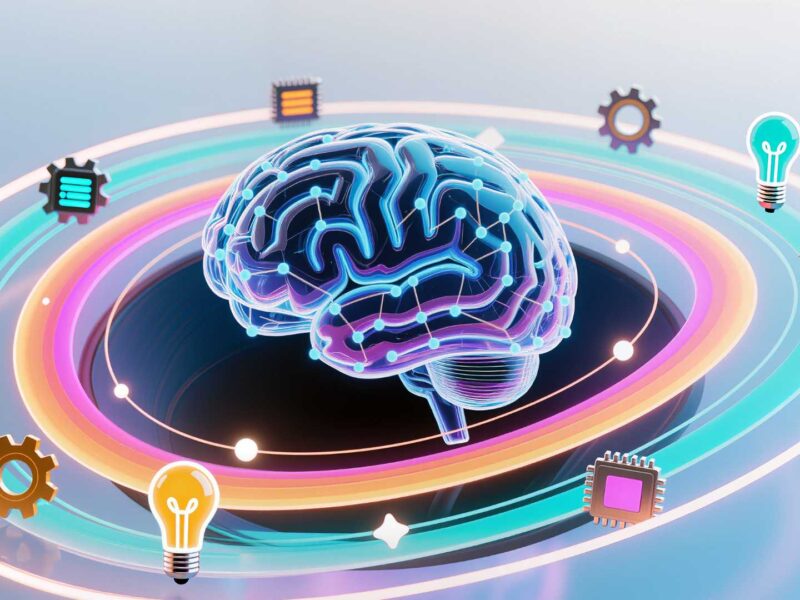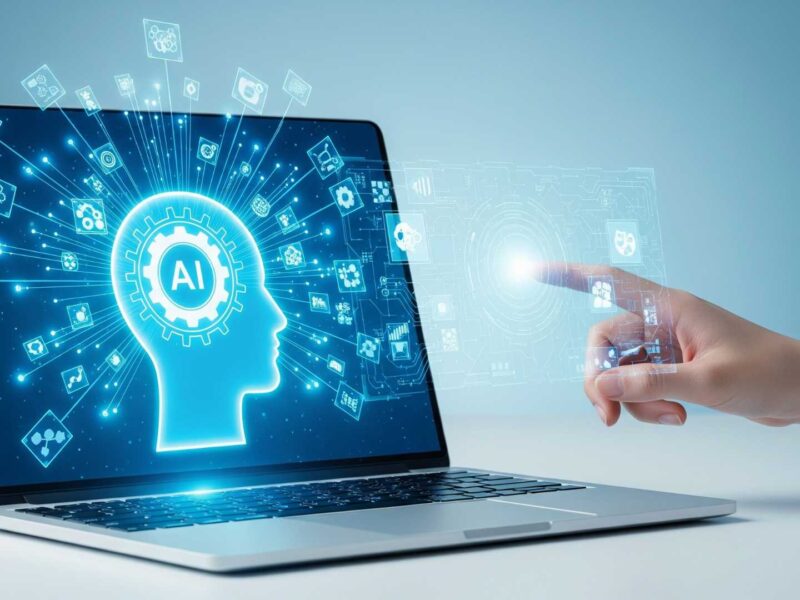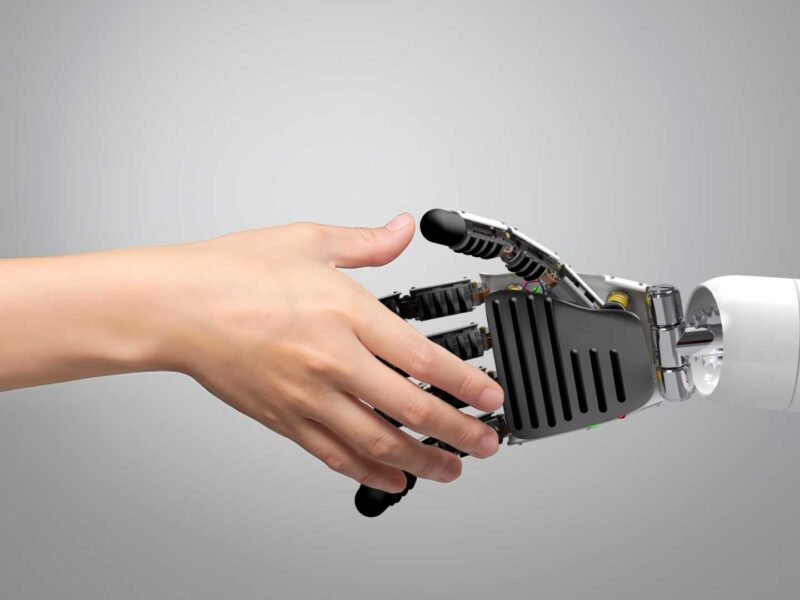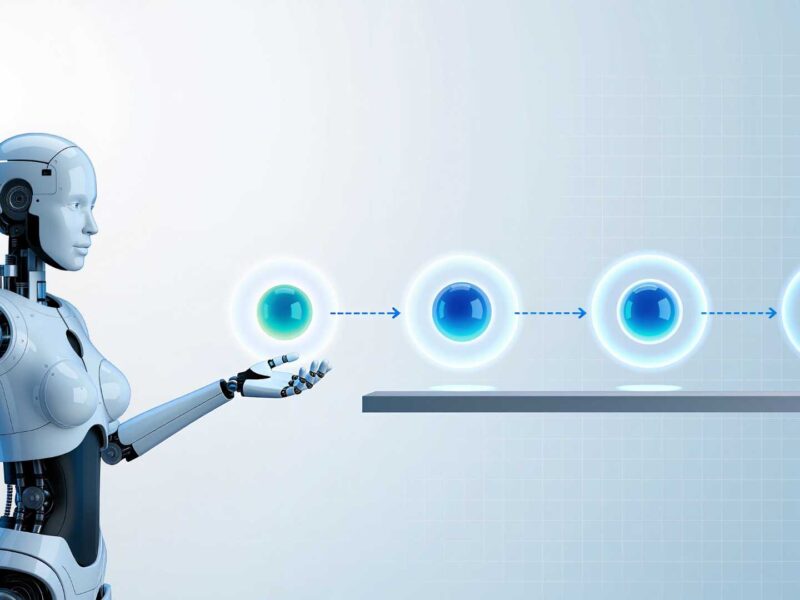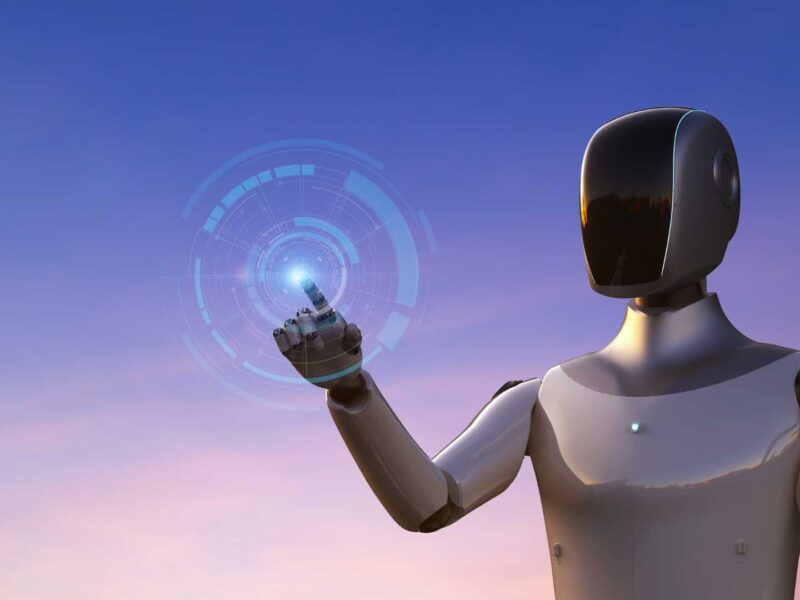Green Tech Wins: Leaders Share Must-Know Sustainability Stories
For too long, the narrative around technology, particularly artificial intelligence, has been shadowed by environmental concerns.
Critics have rightly pointed to the massive energy consumption of data centers and questioned the sustainability of our digital future.
Yet, a powerful counter-narrative is emerging, one fueled by groundbreaking innovations and a growing commitment to eco-conscious development within the tech industry.
This Techronicler article shines a light on the sustainability dilemma and the remarkable technological stories that are not just mitigating environmental impact, but actively driving positive change.
Featuring insights from software engineers, product managers, CTOs, and sustainability advocates, we explore the cutting-edge solutions and strategic shifts that prove technological advancement and environmental responsibility are not mutually exclusive—but intrinsically linked in the quest for a greener future.
Read on!
The Sustainability Dilemma
The question haunting every tech conversation: Can artificial intelligence advance without destroying our planet?
Critics point to massive data centers consuming electricity equivalent to small nations.
Environmental advocates question whether AI progress necessarily means environmental destruction. Then a bombshell was dropped that changed everything.
The Breakthrough That Rewrites the Rules: Prepare for cognitive dissonance: A recent breakthrough in AI processing delivers nearly thirty times better power efficiency than its predecessors. Not 30% improvement. Not 3x better. Thirty times more efficient. Let that number sink in for a moment. This isn’t incremental progress—it’s a fundamental paradigm shift that demolishes the assumption that AI advancement requires environmental sacrifice.
Why This Story Transcends Technical Achievement: For months, the AI versus environment debate dominated headlines. Data centers powering advanced AI systems consume massive electricity. Critics legitimately questioned whether humanity could afford AI’s environmental cost.
This breakthrough flips this narrative completely. Instead of choosing between technological progress and environmental responsibility, we’re witnessing their convergence.
The Multiplier Effect Phenomenon: The implications extend far beyond energy efficiency metrics. More efficient AI systems don’t just consume less energy directly—they enable smarter resource management across entire ecosystems:
– Smart grids optimize power distribution dynamically
– Predictive algorithms minimize waste in supply chains
– Transportation systems become exponentially more efficient
– Building management systems reduce consumption automatically
This story captures attention because it obliterates prevailing pessimism about technology’s environmental impact. The dominant narrative suggested innovation and sustainability were opposing forces. This achievement proves they’re complementary—and potentially multiplicative.
This achievement establishes new expectations for the entire tech ecosystem. Competitors can no longer claim that AI progress requires environmental compromise. More importantly, this demonstrates how breakthrough innovation often comes from reconceptualizing constraints as opportunities.

Supratim Sircar
Software Engineer, Cisco
Apple’s AI Balances Efficiency, Privacy
One story that stood out to me recently is Apple’s approach to building energy-efficient AI through their Apple Intelligence initiative.
Rather than relying fully on massive cloud-based models, Apple is using Small Language Models (SLMs) that run directly on-device, while handling more complex tasks via a secure and energy-efficient Private Cloud Compute.
This hybrid model helps reduce energy usage, improves responsiveness, and protects user privacy – all without sacrificing AI capability.
It’s a smart, forward-thinking move – and a reminder that sustainability in AI sometimes is just about better architecture and thoughtful design.

Pavlo Martinovych
AI & Workflow Automation Expert, Uptiq
Shiplo’s Data Hub Enhances Sustainable E-commerce
I recently had the opportunity to visit the largest sustainable coffee plantation in Costa Rica. The location is rich in history, culture, earth-friendly growing methods, and also embracing the latest innovations in e-commerce.
This land is one of several land owners who have formed an alliance with an innovative technology company. This company, Shiplo, uses a sophisticated data hub to make shipping more efficient, provide direct savings, and a net positive environmental impact to participating sellers.
The net positive impact includes end-to-end traceability of carbon offsets. Ecommerce sellers can view the direct connection of their savings and % of savings which is contributed by the Shipping Hub to achieve a net positive carbon impact.
As I stood on the land site, cleared and ready for the first plantings, the level of transparency and visible impact was striking. For the first time, as an ecommerce leader, my own desire to connect brands with earth-friendly shipping felt real.
Green CodeRefiner Boosts Sustainable Coding
One development that stood out to me recently is Tech Mahindra’s Green CodeRefiner.
It’s an AI-powered platform that optimizes enterprise code for energy efficiency, addressing sustainability at the source, which is, the code itself. What makes it impactful is its ability to integrate directly into CI/CD pipelines, offering real-time emissions data, automated test coverage, and support for over 20 programming languages.
In 2025 production environments, it has delivered 30 to 40 percent energy savings, which directly supports organizations’ ESG goals by reducing both direct and indirect emissions. I find this compelling because it shifts sustainability from an infrastructure concern to a software design challenge.
As we build increasingly AI-intensive systems, embedding efficiency into our codebase is no longer optional. Tools like this help make sustainability measurable and actionable for developers, which is a critical step toward climate-resilient tech operations..
At Simform, we’re committed to helping organizations solve complex challenges through custom technology solutions that drive measurable business outcomes.

Hiren Dhaduk
Chief Technology Officer, Simform
Stargate Pioneers Sustainable AI Development
The story that recently caught my attention is OpenAI’s plan to build a massive new data center, codenamed ‘Stargate,’ in the Nordic region for the development of GPT-5.
As someone building AI-native tools, this represents a crucial turning point. The narrative around AI has often been its immense energy consumption, but with projects like Stargate, OpenAI is not just consuming energy; it’s actively seeking sustainable solutions to power its next-generation models.
The Nordic location, with its abundance of renewable energy, highlights that the next frontier of AI development isn’t just about computational power but also about embedding sustainability into the core architecture from day one. This is reshaping how we think about building responsible AI that doesn’t come at a massive environmental cost, and it sets a new standard for the entire industry.

Jeffrin James
Founder & CEO, Klutz
DNA Storage Revolutionizes Sustainable Data Solutions
Microsoft’s recent advancement in DNA data storage caught my attention as a game-changer for sustainable technology. They’ve successfully stored and retrieved data in synthetic DNA, achieving storage density 1,000 times greater than traditional hard drives while lasting millennia without degradation.
As DataNumen’s CEO, I’m fascinated by the sustainability implications. Traditional data centers consume 1% of global electricity and generate massive e-waste through constant hardware replacement. DNA storage could revolutionize this—imagine storing entire data centers’ worth of information in a test tube, with zero ongoing energy requirements.
This breakthrough represents the future convergence of biotechnology and data storage. While we currently help businesses recover from traditional storage failures, DNA storage could eliminate many recovery scenarios entirely. It’s newsworthy because it addresses both exponential data growth and our urgent need for environmentally sustainable storage solutions.
Carbon-Neutral Delivery for Eco-Friendly Retail
As an online retailer focusing on providing eco-friendly baby furniture and baby gear to customers, we discovered a way to offset the carbon released to the environment during the transition and delivery of our products. It is also known as ‘carbon neutral delivery’.
We partner with Planet to clean carbon released when a package moves to achieve ‘carbon neutral’. The way it works is Planet support companies like Grassroots Carbon, which enables farmers to capture carbon in soil, or companies like Heirloom, who use naturally occurring minerals to capture CO2 from the air.
This way, we got assurance that our products are not just safe to the family, but also they are delivered in an eco-friendly way.
Serina Lee
Owner & CEO, Newborn Nursery Furniture
AI Cooling Slashes Data Center Emissions
One of the recent developments is AI-based cooling systems in hyperscale data centers.
Such systems, by cooling dynamically on real-time workload conditions and environmental conditions, have the capability of slashing up to 40% of the energy consumption, thus tremendously reducing the carbon footprint created by running clouds.
This is important news, given the scale of impact, where today data centers account for roughly 1-2% of the world’s electricity consumption, and the optimization of them is really one direct, near-term step towards emission reduction without degrading any performance.
There really is an example of technology investments bringing in economic revenue as well as being environmentally beneficial.
Google’s AI Cuts Data Center Energy Use
One story that caught my attention recently was Google’s project in AI-powered cooling in data centers.
DeepMind was trained to reduce energy consumption by targeting cooling needs in real time, and this decreased energy consumption by almost 30% in selected buildings.
This is important because data centers are among the major power consumers in the world, and AI does not simply guarantee efficiency, it changes the entire equation of sustainability at scale.
With more and more digital platforms emerging, the energy footprint of SEO tools, cloud hosting, and AI APIs will only snowball, so doing something in this area will surely help reduce the burden while keeping demand alive.

Anatolii Ulitovskyi
Founder, UNmiss
On behalf of the Techronicler community of readers, we thank these leaders and experts for taking the time to share valuable insights that stem from years of experience and in-depth expertise in their respective niches.
If you wish to showcase your experience and expertise, participate in industry-leading discussions, and add visibility and impact to your personal brand and business, get in touch with the Techronicler team to feature in our fast-growing publication.








